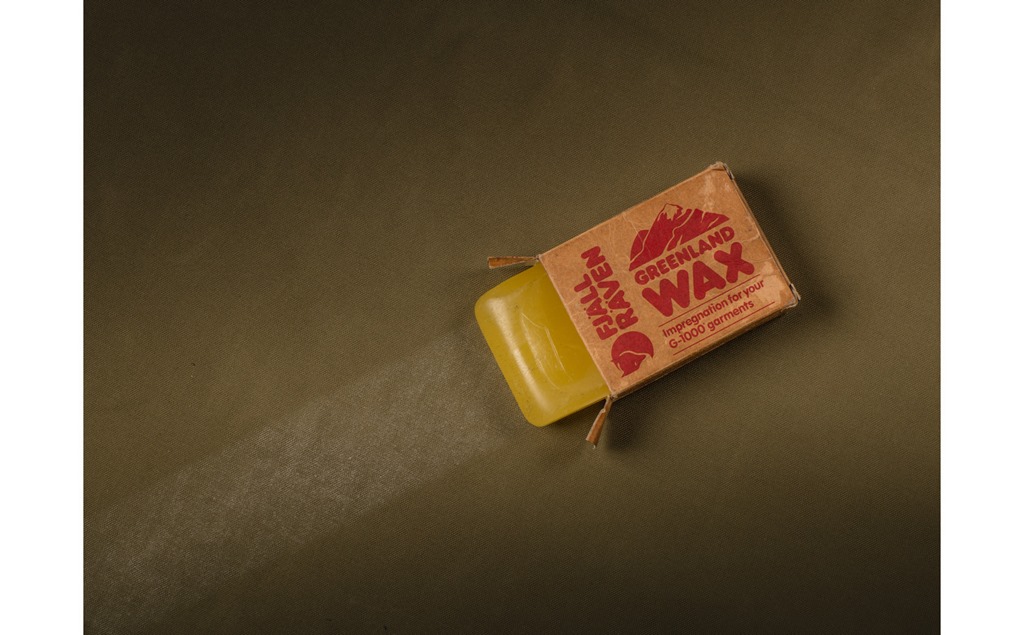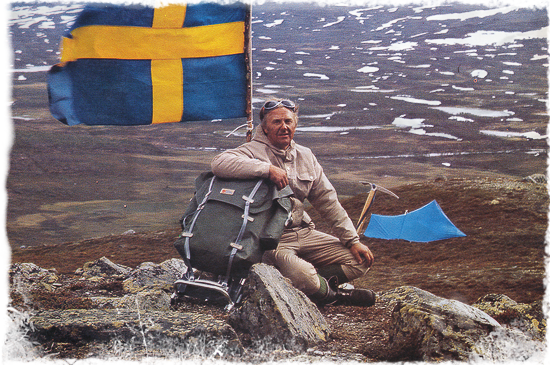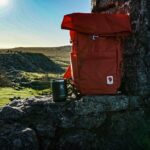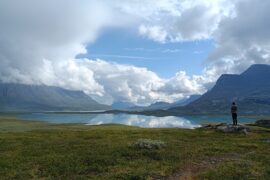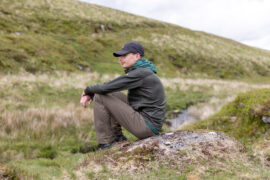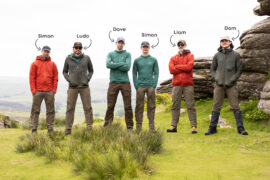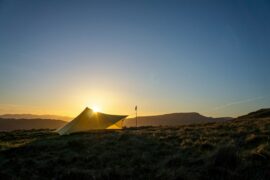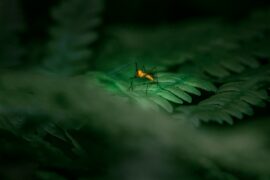Take a look at the history of Fjällräven’s signature fabric and how this seemingly old-fashioned system is still incredibly relevant and reliable today.
(It’s pronounced FYAHLL–RAH-VEN)
…
Adaptable for a lifetime in nature
In 1966, a Scandinavian expedition to explore Greenland was undertaken. Fjällräven, at the time, a relatively unknown brand founded in Örnsköldsvik, Sweden provided its super functional backpacks and tents. At this time, however, polar exploration outerwear was bulky and slow-drying, being mostly made at that time of Leather with sheepskin for insulation. Following the expedition, there was an outcry for something better. Åke Nordin, the company’s founder was inspired by these critiques to create using his mother’s sewing machine, a performance jacket: the original Greenland Jacket. The Fabric he used would come from a piece of remaining tent fabric that was too heavy to be made into a lightweight tent but served perfectly for a piece of hardy outdoor clothing. After a bit of experimentation and applying his homemade wax in order to make the fabric more water-repellent, Greenland Wax and the G-1000 fabric was created.
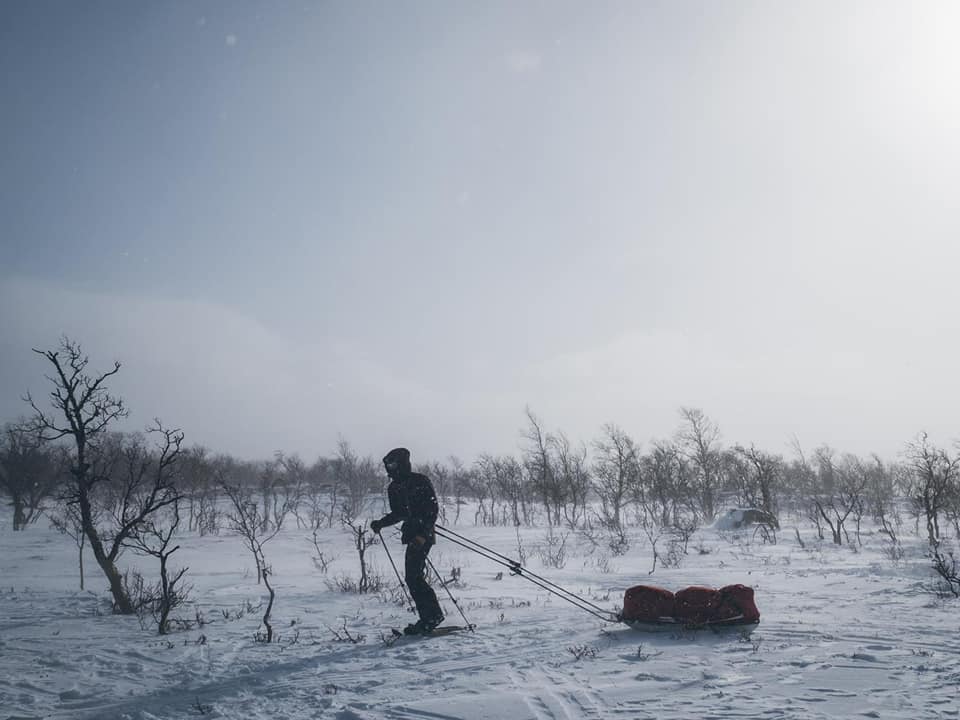
G-1000 has since become Fjällräven’s cornerstone material. They use it across their range in everything from trousers to backpacks, jackets and more. It’s a really tough Polycotton Blend consisting of 65% polyester and 35% cotton. Applying Greenland wax by rubbing it into the fabric followed by impregnating it with a heat source such as an iron or hairdryer (I’ve seen somebody do it by holding it above a campfire, but would not recommend it!) will make the treated fabric more water repellent, this is a very wise step to take across the areas which take on the wet such as shoulders, chest, lower back and the fronts of the legs. However, the beauty of this system lies in its versatility when purposely not applying the wax to more sheltered areas such as the backs of the legs, Upper back (when using a pack), and under the arms. This choice makes for an incredibly comfortable level of breathability. This is the kind of versatility that many hard and soft-shell garments do not share with G-1000 clothing. It is very adaptable for the conditions you’re in. Furthermore, the material is mosquito proof and has a UV protection rating of 50+.
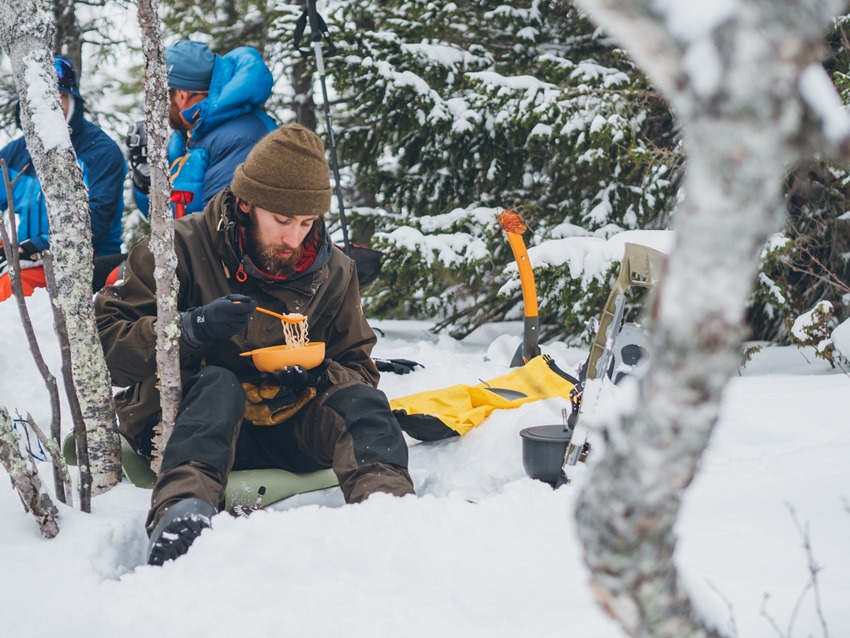
6 TYPES OF G-1000
To create more versatility within its range, Fjällräven has altered the G-1000 fabric in 6 different ways for different uses.
- Original – This was made as your perfect all-rounder within the range.
The original G-1000 is used on robust, classic pieces such as the Skogso Padded Jacket. - Silent – Popular with hunters and wildlife photographers, this fabric is brushed firmly across its face, ensuring less sound when rubbing against itself.
- Lite – Lighter than the original fabric, this version uses ripstop patterns that make the fabric lighter but ensures just as little likelihood of tearing.
- HD – Stands for Heavy-Duty and is incredibly tough. Mostly used on rucksacks and other bags is sometimes used to reinforce clothing in order to make it as durable as possible.
This Ultra-Durable fabric is used in their rugged rucksack range including the Kaipak 38. - Air – Their most breathable fabric, great for summer trekking. It’s the only variant of the G-1000 which is purposely not wind resistant.
- Eco – Identical in use and look to the Original G-1000 however, the polyester is fully recycled and the cotton is grown Organically. Fjällräven is currently working on creating all of their fabrics using this method but for the time being, only most of their range uses Eco.
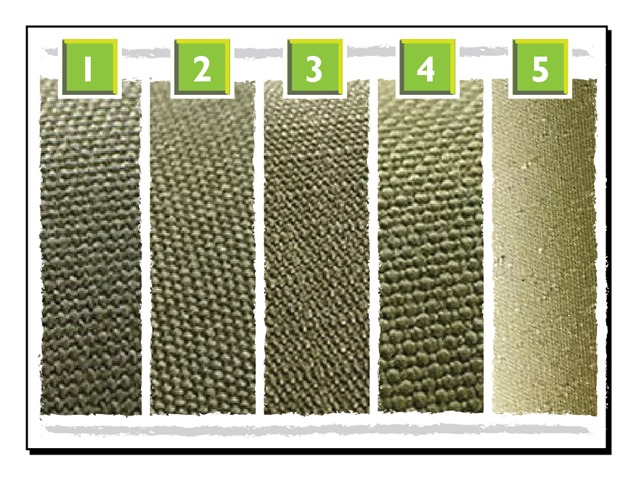
GREENLAND WAX
Made from a mixture of beeswax and paraffin, Greenland Wax is a simple, nature-inspired solution to the challenges faced in the outdoors. Most of the G-1000 materials come pre-waxed, but it’s still a good idea to know how to re-apply and remove the wax to adapt your jacket to the conditions.
